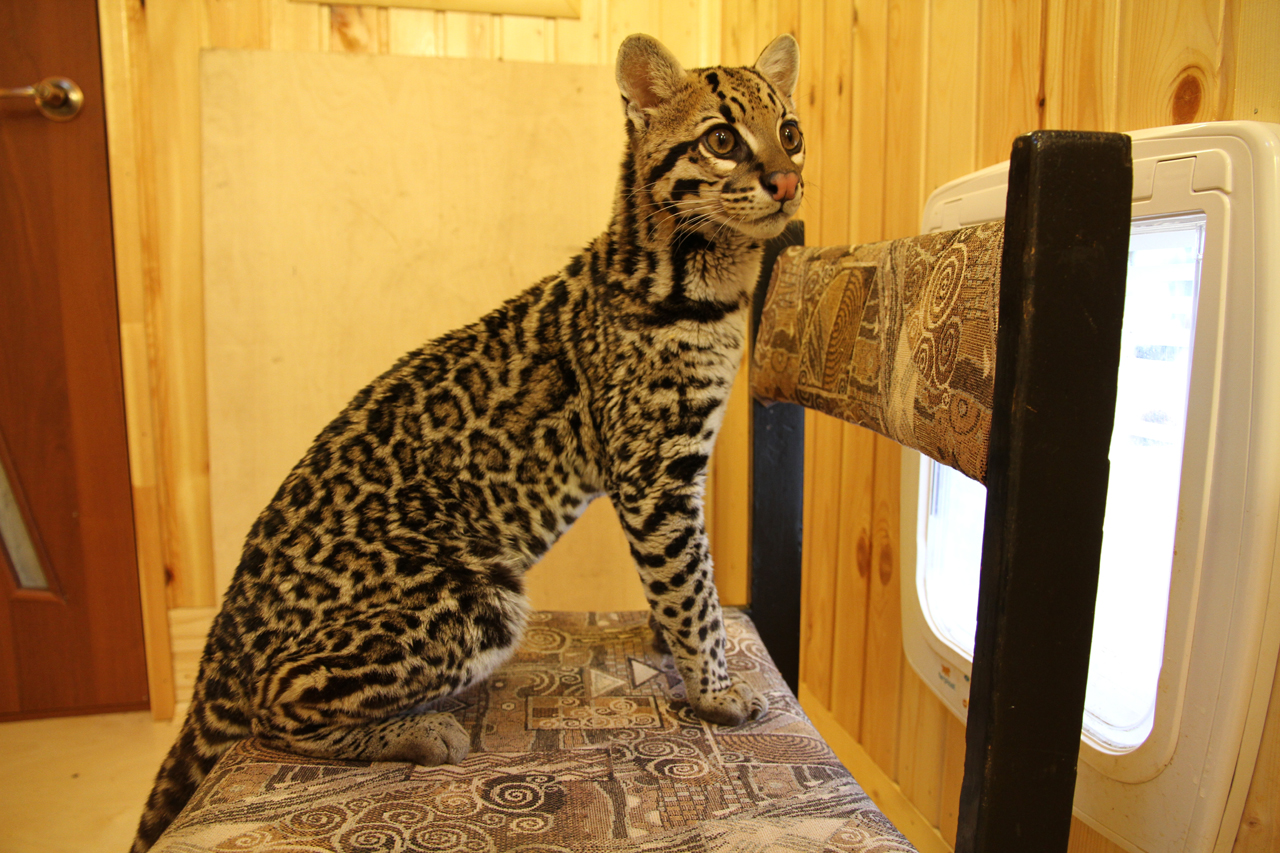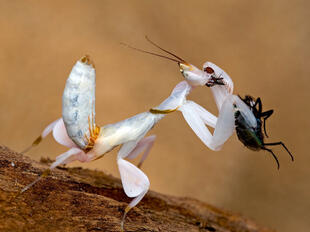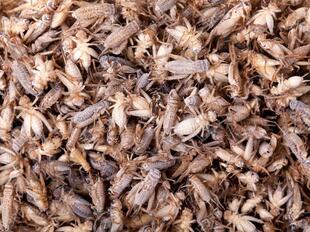
Ocelot(Leopardus pardalis,or Felis pardalis)
Phylum —chordata
Class — mammalia
Order — сarnivora
Family — felidae
Genus –leopardus
Appearance
The ocelot's fur is extensively marked with solid black markings on a creamy, tawny, yellowish, reddish gray or gray background color. The spots on the head and limbs are small, but markings on the back, cheeks and flanks are open or closed bands and stripes. A few dark stripes run straight from the back of the neck up to the tip of the tail. Its neck and undersides are white, the insides of the legs are marked with a few horizontal streaks. Its round ears are marked with a bright white spot. Each ocelot has a unique color pattern, which can be used to identify specific individuals. Its eyes are brown but reflect golden when illuminated.
The ocelot is a medium-sized cat with a head-and-body length of between 55 and 100 cm (22 and 39 in) and a 30 to 45 cm (12 to 18 in) long tail. The weight of females ranges between 7 and 12 kg (15 and 26 lb) and of males between 7 and 15.5 kg (15 and 34 lb).
Habitat
The ocelot ranges from the southwestern United States to northern Argentina, up to an elevation of 3,000 m (9,800 ft).It inhabits tropical forests, thorn forests, mangrove swamps and savannas. It favors areas with dense forest cover and water sources, far from roads and human settlement, avoiding steep slopes and highly elevated areas due to lack of prey.
Behavior
The ocelot is usually solitary and active mainly during twilight and at night. During the daytime, it rests on trees, in dens below large trees or other cool, sheltered sites on the ground. It is agile in climbing and leaping, and escapes predators by jumping on trees. It is also an efficient swimmer. It scent-marks its territory by spraying urine. Territories of females rarely overlap, whereas the territory of a male includes those of two to three females. Social interaction between sexes is minimal.
The ocelot can be aggressive in defending its territory, fighting even to death.
Diet
Ocelots have been observed to follow scent trails to acquire prey. An ocelot typically prefers hunting in areas with vegetation cover, avoiding open areas, especially on moonlit nights, so as not to be seen by the prey. As a carnivore, it preys on small terrestrial mammals such as rodents, lagomorphs, armadillos, opossums, and also fish, insects, reptiles and small birds. An ocelot requires 600–800 g (21–28 oz) of food every day to satisfy its energy requirements.
Reproduction
Ocelots can mate any time during the year. Oestrus lasts four to five days, and recurs every 25 days in a non-pregnant female.
A litter of one to three is born after a gestational period of two to three months. Females give birth in dens, usually located in dense vegetation. A newborn kitten weighs 200–340 g (7.1–12.0 oz). The kitten is born with spots and stripes, though on a gray background; the color changes to golden as the ocelot grows older. A study in southern Texas revealed that a mother keeps a litter in a den for 13 to 64 days, and shifts the young to two or three dens. The kitten's eyes open 15 to 18 days after birth. Kittens begin to leave the den at the age of three months. They remain with their mother for up to two years, and then start dispersing and establishing their own territory.
In captivity
Captive ocelots live for up to 20 years.
Ocelots quickly adapt to an unusual place and they are not a problem for their owners.High level of intelligence enables them to adapt to new life conditions and become a domestic animal, a toilet trained pet, accustomed to unnatural food. But you should remember that an ocelot is a big wild cat and keeping it at home is quite problematic.
You should have an enclosure for such a big animal not to make it feel that it lives in captivity.Besides there should be various surfaces in a cage for climbing, imitating its natural habitat.
Another reason for not keeping such an animal at home is that they actively mark their territory.
An ocelot`s wild character does not give a chance to him to get along with the rest of the owner`s pets. That`s why a cat and an ocelot won`t become good friends. The wild animal had rather become the territory`s owner and a little domestic cat would be distressed living next to it.
Special attention should be paid to an ocelot`s diet. As they are wild cats, they should keep natural high-protein diet consisting of poultry and meat cattle. Every day balanced menu depends on an ocelot`s size and age and is 5 % of the whole animal`s weight. It`s important! Menu should contain as many natural ingredients as possible, that’s why meat and bones are the most preferable menu for an ocelot. If it is necessary one can add some fish and big insects in the menu. It is also recommended to alternate various foodstuff in an animal’s menu for giving it all necessary microelements.
An ocelot kitten is a playful animal is rather a dog than a cat that`s why it can play with toys for dogs. If it is necessary, an ocelot can be trained to walk on a leash.Thus you can walk it.
It is prohibited to demonstrate aggressiveness and strength in response to an ocelot`s behavior. Like an any other wild animal they are very fiery and vindictive, it can influence their character greatly. Accuracy and kindness are very important since the very beginning of an ocelot`s training, otherwise possible negative consequences may influence a domestic animal`s character.
 Russian
Russian
 English
English
























